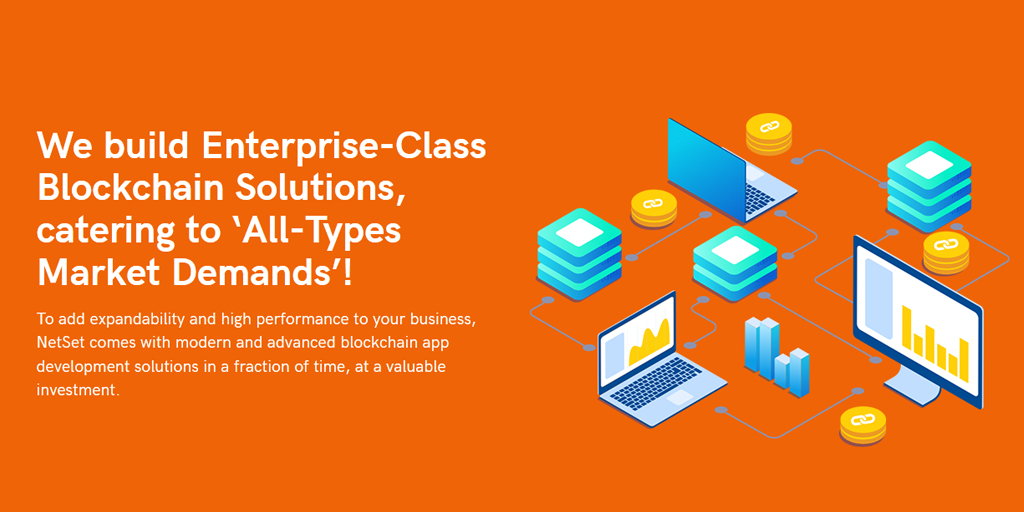Nanosensor Market Growth 2025: Tiny Tech, Big Impact
Nanosensor Market
Everything around us seems to change overnight, and hiding in that whirlwind of progress is equipment so small you might miss it-nanosensors. These almost-invisible gadgets are quietly helping us track shifts in our bodies, the air we breathe, and the machines we rely on. As the calendar flips toward 2025, industry experts agree that the nanosensor market will surge, thanks to growing demand from health care, farming, automotive, and dozens of other fields.
What Are Nanosensors?
Nanosensors are tiny sensors built and fine-tuned at the Nanometer level, which is a billionth of a meter. Even though they fit on the tip of a needle, they watch for changes most regular sensors would never catch. Whether sniffing out pollutants in the breeze or signalling early signs of illness in blood, nanosensors are quickly becoming one of the most promising pieces of tomorrow's toolkit.
Market Growth Driven by Demand
People are talking about nanosensors more than ever, and they are about to take off. The push to spot health problems early and personalize treatment is giving them the spotlight. At the same time, cities want cleaner air, factories crave efficiency, and both goals need the precise, live readings nanosensors deliver.
Analysts believe that by 2025 the global nanosensor market will tip into the billions, with North America and Europe still strong and Asia-Pacific growing at the fastest clip.
Innovation in Healthcare
Healthcare is where the buzz about nanosensors is loudest. Picture a tiny patch on your arm that alerts you to rising blood sugar, or a nanobead in a needle that flags cancer cells months before a lump appears it sounds like the future, but pieces of it already run in labs.
Right now, scientists are testing nanosensors to watch glucose, spot germs, and record heart or lung patterns 24-7. That kind of nonstop data lets patients act faster and gives doctors a clearer picture for treatment. Because the health-care sector craves every edge it can get, it is likely to claim the biggest slice of the nanosensor pie by 2025.
Friendlier Tech for the Planet
People keep choosing nanosensors for green work because the little gadgets can sniff out problem gases, spot toxins, or even find germs in water. They react in seconds and rarely miss a reading, so factories leaning on strict rules love having that clear, fast proof their processes aren t hurting air or water.
Farmers, too, are tapping the tiny devices to check soil health and moisture, so hoses turn on only when needed and fields grow better. With climate worries spreading, the call for plant-friendly, sensor-powered tech is set to climb even higher.
A Future Full of Possibilities
Sure, making sensors still costs a lot and everyone wants the same testing standards, but experts say the market still shines. Labs, schools, and even governments keep pouring energy and cash into projects that slice costs and try out fresh ideas.
People imaging 2025 probably picture nanosensors in smart fridges, clinics, assembly lines, and greenhouses humming away. The tiny helpers will keep cutting waste, spotting sickness sooner, and sparking whole new lines of work everyone has yet to dream up.
Conclusion:
Approaching 2025, the nanosensor boom tells a plain story: tiny tools are driving huge wins. From catching a health scare early to guarding clean air and water, these pocket-size eyes are building a world that is smarter, safer, and kinder to the planet.
Company Name: GMI RESEARCH
Email: enquiry@gmiresearch.com
Address: Dublin, Ireland
Website: https://www.gmiresearch.com/
GMI Research Consulting & Market Research










































